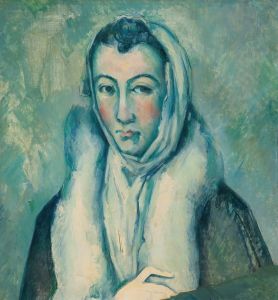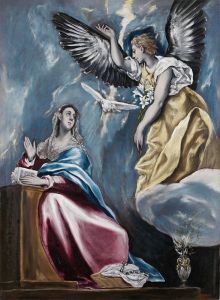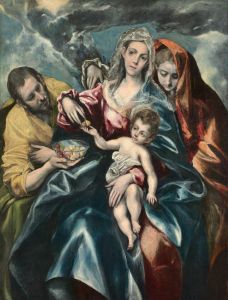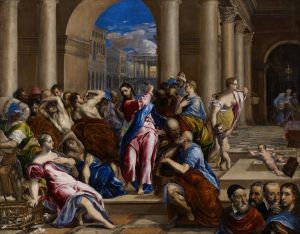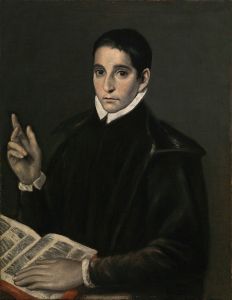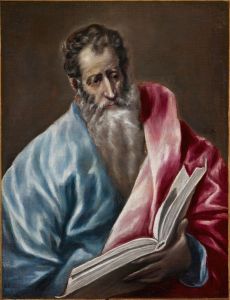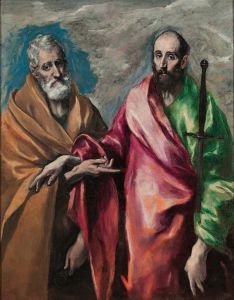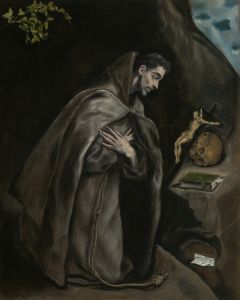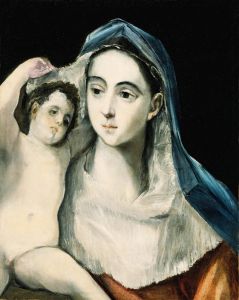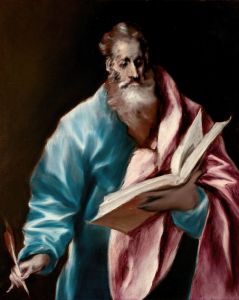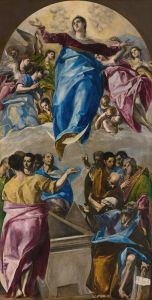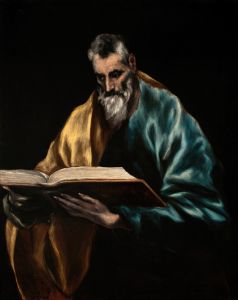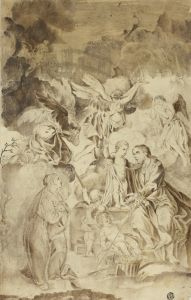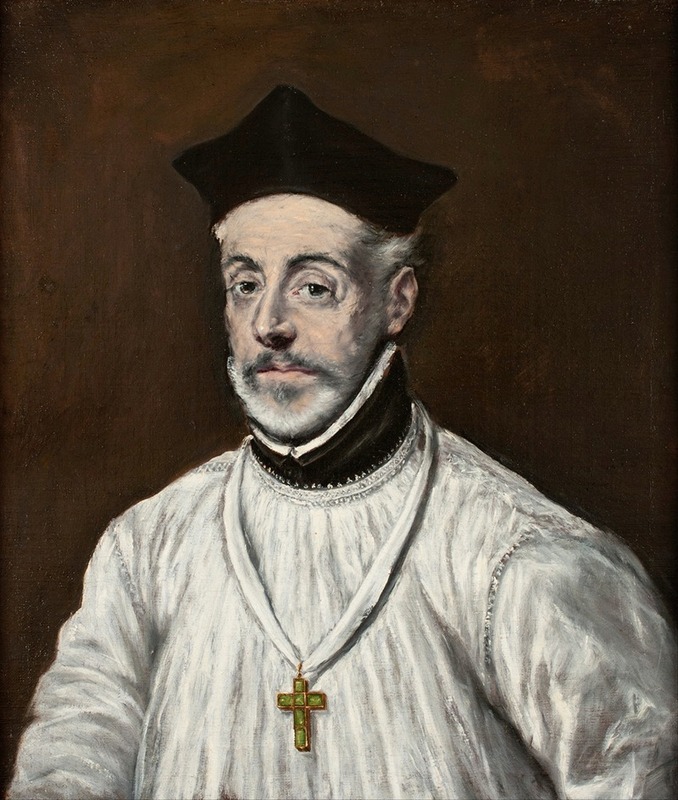
Portrait of Diego de Covarrubias y Leiva
A hand-painted replica of El Greco (Domenikos Theotokopoulos)’s masterpiece Portrait of Diego de Covarrubias y Leiva, meticulously crafted by professional artists to capture the true essence of the original. Each piece is created with museum-quality canvas and rare mineral pigments, carefully painted by experienced artists with delicate brushstrokes and rich, layered colors to perfectly recreate the texture of the original artwork. Unlike machine-printed reproductions, this hand-painted version brings the painting to life, infused with the artist’s emotions and skill in every stroke. Whether for personal collection or home decoration, it instantly elevates the artistic atmosphere of any space.
"Portrait of Diego de Covarrubias y Leiva" is a painting by the renowned artist El Greco, whose real name was Domenikos Theotokopoulos. El Greco was a prominent painter of the Spanish Renaissance, known for his distinctive style that combined elements of Byzantine traditions with Western painting techniques. This particular portrait is one of the many works that showcase his unique approach to portraiture, characterized by elongated figures and dramatic use of color and light.
Diego de Covarrubias y Leiva was a significant figure in 16th-century Spain. He was a Spanish jurist, theologian, and bishop, known for his contributions to the legal and ecclesiastical fields. Covarrubias held various important positions, including serving as the Bishop of Segovia and later as the Archbishop of Cuenca. His influence extended into the realms of law and theology, making him a respected figure in both the church and the state.
El Greco's portrait of Covarrubias captures the essence of the man’s intellectual and spiritual stature. The painting is noted for its psychological depth, a hallmark of El Greco's portraiture. The artist often sought to convey the inner character and soul of his subjects, rather than merely their physical appearance. In this portrait, Covarrubias is depicted with a solemn and contemplative expression, reflecting his role as a thinker and a leader in the church.
The composition of the portrait is typical of El Greco's style, with an emphasis on verticality and a somewhat elongated form. The use of light and shadow in the painting is particularly striking, highlighting Covarrubias's face and hands, which are often focal points in El Greco's portraits. The background is kept relatively simple, ensuring that the viewer's attention remains on the subject.
El Greco's technique involved the use of vibrant colors and expressive brushwork, which can be seen in the rich textures of the clothing and the subtle details of the face. The artist's ability to blend realism with a more abstract, expressive style is evident in this work, as it is in many of his other portraits.
The painting is believed to have been created during El Greco's time in Spain, where he spent the latter part of his career. El Greco moved to Spain in 1577 and settled in Toledo, where he produced some of his most famous works. His time in Spain was marked by a prolific output of religious and portrait paintings, many of which were commissioned by the church and prominent figures of the time.
"Portrait of Diego de Covarrubias y Leiva" is an example of El Greco's ability to capture the essence of his subjects while also pushing the boundaries of traditional portraiture. The painting remains an important piece in the study of El Greco's work and the broader context of Spanish Renaissance art. It reflects not only the artist's skill and innovation but also the cultural and intellectual milieu of 16th-century Spain.





